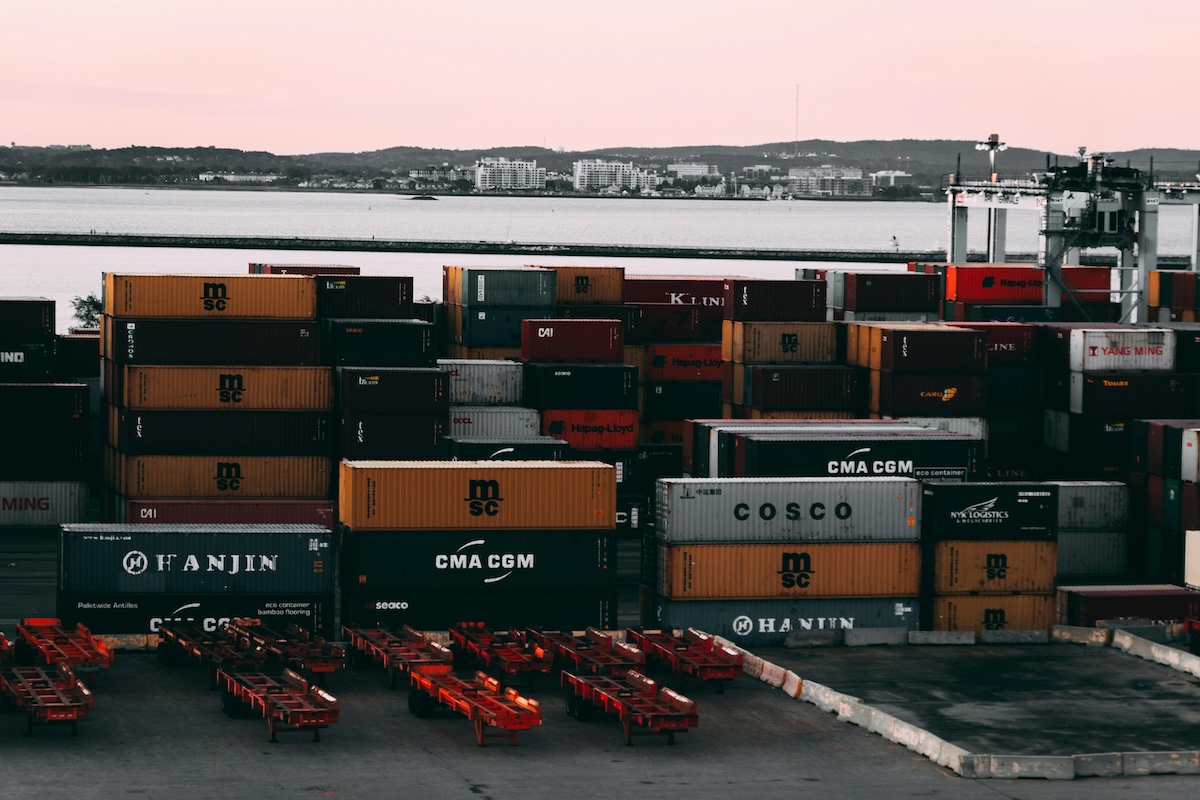Navigating the Tariff Trade Winds

Article Summary
Tariffs are taxes imposed on imported goods to protect domestic industries, raise government revenue, or address trade imbalances.
Reciprocal tariffs are a new system designed to address trade imbalances by imposing higher tariffs on countries with significant trade deficits with the U.S.
Tariffs increase costs, disrupt supply chains, and may lead to higher consumer prices and reduced competitiveness.
Industries like automobiles, electronics, steel, and aluminum are heavily impacted by new tariffs.
Businesses can optimize supply chains, review HS classifications, leverage free trade agreements, and consult trade compliance experts.
The Trump administration's proposed tariffs have sparked significant debate regarding their potential impact on U.S. exporters and international relations. These tariffs are intended to address trade imbalances, curb illegal immigration, and combat drug trafficking. However, the imposition of these tariffs could have significant repercussions for U.S. exporters, potentially disrupting supply chains, increasing production costs, and affecting global trade relationships.
Factors to Consider
- Disruption of Supply Chains: The new tariffs could disrupt established supply chains, particularly in industries heavily reliant on imported components. For example, the automotive sector, which imports nearly half of its auto parts from Canada and Mexico, could face increased production costs. A 25% tariff on these imports could add up to $3,000 to the price of some vehicles, making U.S. automakers less competitive in the global market.
- Increased Production Costs: U.S. exporters may experience higher production costs due to the tariffs on imported raw materials and components. The steel and aluminum industries, for instance, could see a rise in material costs, impacting manufacturers that rely on these metals. Higher production costs could lead to increased prices for U.S. goods, reducing their competitiveness in international markets.

- Retaliatory Tariffs: The imposition of tariffs by the U.S. could prompt retaliatory measures from affected countries. China, for example, has already announced retaliatory tariffs on U.S. coal, gas, and other goods. Such actions could further escalate trade tensions and create barriers for U.S. exporters, limiting their access to key markets and reducing export revenues.
- Impact on Consumer Prices: The tariffs could lead to higher consumer prices for goods that rely on imported components. For instance, the cost of consumer electronics, clothing, and household items could increase due to the tariffs on Chinese imports. This could reduce consumer demand for these products, indirectly affecting U.S. exporters who supply raw materials or components for these goods.
The Law of Unintended Consequences
Despite their intentions, the proposed tariffs by the Trump administration have the potential to significantly impact U.S. exporters. Disrupted supply chains, increased production costs, retaliatory tariffs, and higher consumer prices are among the key concerns. While the tariffs aim to protect domestic industries and address trade imbalances, they could also create challenges for U.S. exporters, affecting their competitiveness in the global market. As the situation evolves, it will be crucial for policymakers to carefully consider the broader economic implications and seek balanced solutions that support both domestic industries and international trade relationships. Contact us now to discuss your needs.
Key Points
What are tariffs, and why are they used?
Tariffs are taxes imposed on imported goods by governments to achieve various objectives, including:
- Protecting Domestic Industries: By raising the price of imports, tariffs make domestic products more competitive.
- Raising Revenue: Tariffs generate income for governments.
- Addressing Trade Imbalances: Tariffs can be used to penalize countries with unfair trade practices, such as subsidies or dumping.
In 2025, the U.S. introduced significant tariff changes, including reciprocal tariffs, to address trade deficits and protect domestic industries.
What are reciprocal tariffs, and how do they work?
Reciprocal tariffs are a new system introduced by the U.S. government to address trade imbalances. Key features include:
- Higher Tariffs for Trade Deficit Countries: Countries with large trade deficits with the U.S., such as China, the EU, and Japan, face increased tariffs.
- Minimum Tariffs on All Imports: A 10% minimum tariff is applied to all imported goods, except those already subject to higher tariffs.
- Targeted Industries: Specific industries, such as automobiles and electronics, face additional tariffs of up to 25%.
This system aims to level the playing field for U.S. businesses and reduce reliance on foreign imports.
How do tariffs impact global supply chains?
Tariffs have significant effects on global supply chains, including:
- Increased Costs: Higher tariffs raise the cost of imported goods, which can lead to higher prices for consumers.
- Supply Chain Disruptions: Businesses may need to find alternative suppliers or adjust sourcing strategies to mitigate tariff impacts.
- Reduced Competitiveness: Companies relying on imported materials may struggle to compete with domestic or international rivals.
These challenges require businesses to adopt proactive strategies to minimize disruptions and maintain profitability.
What industries are most affected by recent U.S. tariffs?
The industries most impacted by the 2025 U.S. tariff changes include:
- Automobiles: A 25% tariff on imported vehicles, including sedans, SUVs, and light trucks, significantly affects the automotive industry.
- Electronics: New tariffs on computers and laptops increase costs for manufacturers and consumers.
- Steel and Aluminum: Ongoing tariffs on these materials disrupt construction, manufacturing, and related industries.
- E-Commerce: Stricter regulations on low-value shipments impact platforms like Temu and Shein.
Businesses in these sectors must adapt quickly to mitigate the effects of these tariffs.
How can businesses mitigate the impact of tariffs?
To navigate the challenges posed by tariffs, businesses can:
- Optimize Supply Chains: Diversify suppliers and explore alternative sourcing options to reduce reliance on high-tariff countries.
- Review HS Classifications: Ensure accurate classification of goods to identify opportunities for duty optimization.
- Leverage Free Trade Agreements: Take advantage of existing trade agreements to reduce tariff burdens.
- Consult Trade Compliance Experts: Work with specialists to develop strategies for minimizing costs and ensuring compliance with new regulations.
Proactive planning and expert guidance can help businesses remain competitive in a rapidly changing trade
environment.
What are the key takeaways for businesses navigating the tariff trade winds?
- Stay Informed: Monitor changes in tariff policies and their implications for your industry.
- Conduct Impact Assessments: Evaluate how tariffs affect your costs, pricing, and supply chain.
- Develop Mitigation Strategies: Implement measures to reduce tariff-related risks and maintain competitiveness.
- Seek Expert Support: Partner with trade compliance professionals to navigate complex regulations and optimize operations.
By understanding and adapting to the shifting tariff landscape, businesses can minimize disruptions and seize opportunities in global trade.










